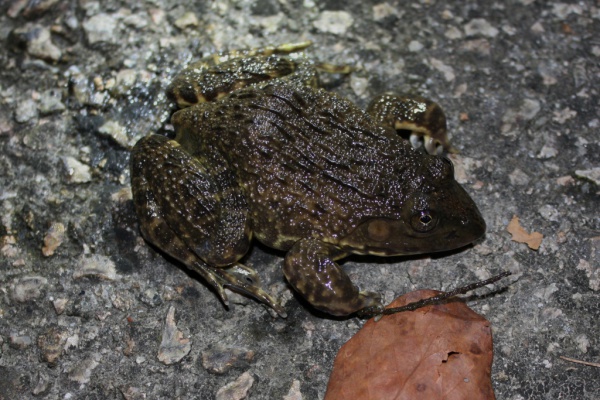Facts About Chinese edible frog
The Chinese edible frog, also known as the East Asian bullfrog or Taiwanese frog, is a captivating species from the Dicroglossidae family. These frogs inhabit various regions, including Cambodia, China, Hong Kong, Laos, Macau, Malaysia, Myanmar, the Philippines, Taiwan, Thailand, and Vietnam. They flourish in a range of habitats such as freshwater marshes, farmlands, ponds, and even urban areas. Their breeding season begins in the spring and extends into early summer.
Interestingly, there are domesticated Thai varieties and wild Chinese populations of these frogs, each belonging to distinct genetic lineages. Some researchers believe that this species may actually comprise a group of closely related but distinct species, commonly referred to as a cryptic species complex.
The Chinese edible frog is quite large and robust, with females reaching up to 12 cm, making them larger than the males. Their diet primarily consists of insects. Depending on the region, these frogs may be colloquially known as "field chicken" or "tiger-skinned frog" in Chinese communities, and "palakang bukid" in the Philippines.
These frogs are often seen in wet markets, seafood markets, and pet stores. They are sold for various purposes: as food, pets, and even as live feed for other animals such as arowanas. Frog farming is prevalent in China, Malaysia, and Thailand. In Chinese cuisine, frog legs are a popular dish, while in the Philippines, the whole frog is frequently prepared using the adobo method, which involves simmering it in soy sauce and vinegar.
